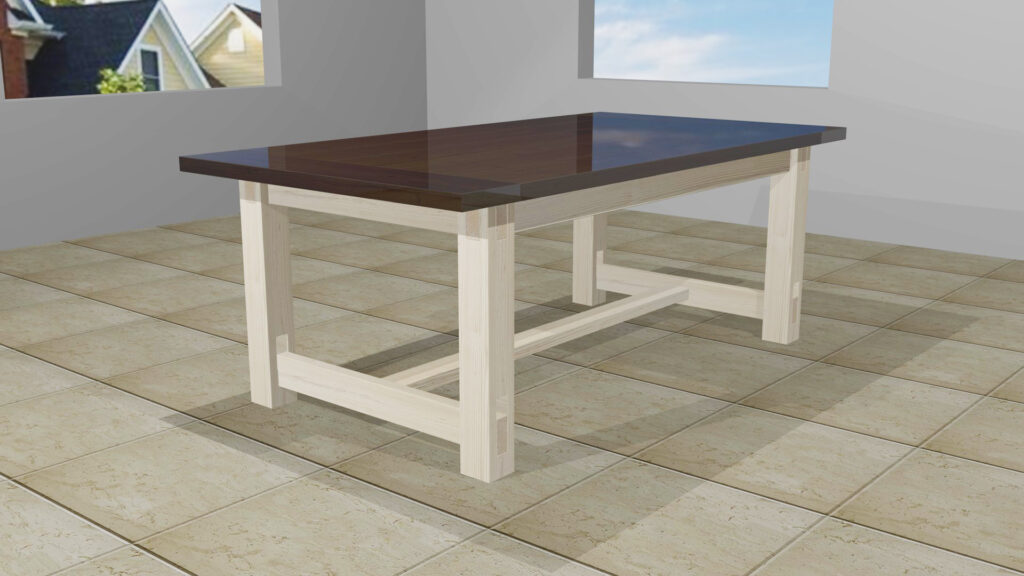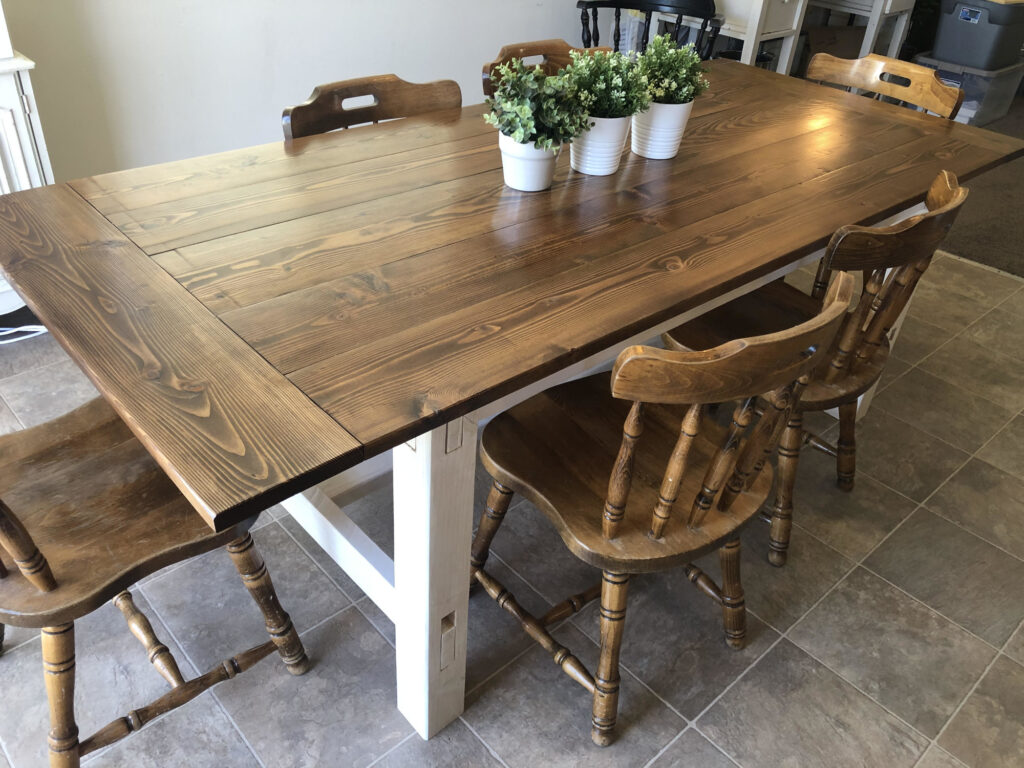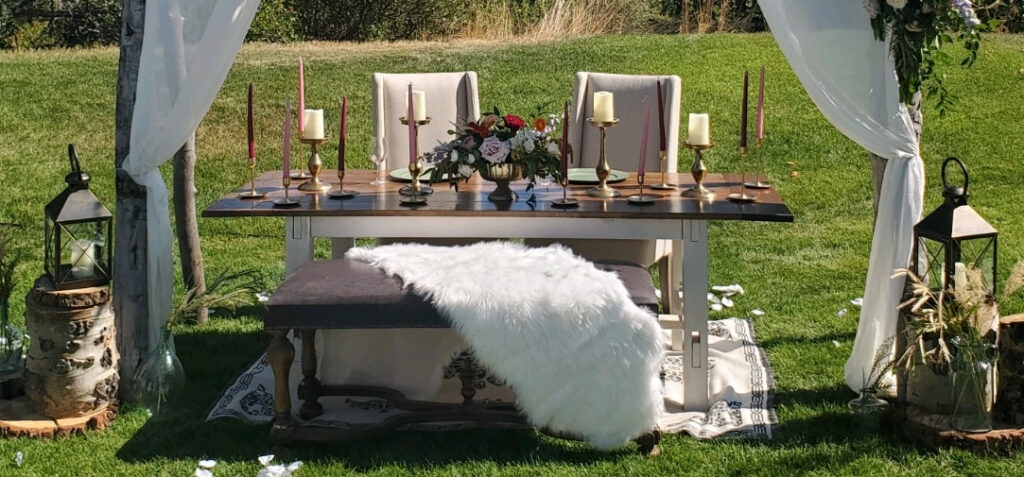I’ve hauled boxes and furniture in countless moves for friends, family, and church members, not to mention an unusually large number of our own moves. With furniture, it’s not just the weight but the awkwardness of the shapes that can turn low-level grunt work into remarkable feats of engineering. Anyone who’s ever helped move a piano or refrigerator up a flight of stairs knows just how dangerous and taxing moving actually can be.
Many years ago, when stuck with a final load after everyone else had left, an idea struck me. Manufacturers often don’t assemble many kinds of furniture before shipping because it introduces unnecessary bulk and difficulty for the carrier, and therefore way more expensive than it needs to be. Disassembled, bulk is no longer a concern and the weight is easily divisible, so chances of a single person being able to maneuver the entire thing from one place to another without calling for help increases dramatically.
So my mind went to work on how a solid wood table might be designed for manual assembly and disassembly without any tools. Parameters: assembly must be intuitive without instructions, a single person must be able to move the entire item without help, and the assembled furniture piece must be solid-wood, stylish, and unhindered by the other parameters in its attractiveness (in other words, its capacity for easy disassembly needed to be generally imperceptible). After several years exploring various ways to shape wood-piece ends for connection with other pieces, and studying tons of fasteners currently on the market, I finally had a design that made no compromises on my original parameters. Having no significant prior woodworking experience, I also studied wood types and behavior to better understand where unforeseen problems might arise. Making a prototype would also require lots of tools I didn’t own and had never worked with, so gaining an in-depth education on power and woodworking tools was also a significant part of my preparation.
The first leg of the process (cutting and basic wood-shaping) went rather quick. Seeing the largest pieces cut and roughly shaped turned out to be quite deceptive. I got a little cocky, and handed my wife a wrapped gift box for Christmas that year containing a 3D rendering of what I thought I’d complete in just a few days. Four years and lots of problem-solving later, my well-intentioned gift had grown into a rather sour memory for her. It had long-since become the year that all she received was an empty box from her husband. It had cast a shadow on the whole project as I continued wasting time on something I’d never likely finish (in reality, the delay was mostly the result of long stretches where I couldn’t get back to it). I learned a good lesson about promising due dates for projects in fields I’m not yet familiar with.

After those four years of waiting, I finally brought the unstained pieces of an otherwise finished table from the garage up to our dining room–all by myself I might add. I assembled it quickly–without any tools–and my wife immediately fell in love with its size and classy blend of farm style with traditional Japanese joinery. She suddenly became rather protective of it, asking for a way to keep the unfinished wood from spills, and setting rules with the kids to make sure it stayed covered. For a few weeks it had a black plastic tablecloth I cut from the roll I had in the garage. But despite the industrial cover, it was fun to have a table that actually could comfortably seat ourselves and four growing boys, some of whom were teenagers.
I started losing control of the project at that point as my plans for staining and painting it as a product prototype were suddenly up against some strong opinions my wife was quickly developing. Though we stalemated for a little while, I couldn’t help but smile inside through our conversations knowing that every ounce of her insistence was pure acknowledgement that the gift finally meant something positive to her. Though humbled by my lateness in fulfilling the promised gift, I also felt redemption in her excitement toward possessing a solid furniture piece that was completely unique, and already a major functional improvement over the smaller table we’d been crowding around for about 8 years.
Ultimately we settled on some conservative coloring, and she even helped me do some of the staining.

She enjoys showing it to visitors and pointing out its disassembly feature. One day she mentioned the idea the disassembly feature would make it very attractive to wedding planners & decorators, since each table could be broken down to about 1 x 8 feet space for transport, and re-assembly was a breeze.

My youngest son has developed a driving interest in wood working, so we’re currently designing, testing, and making plans together to begin efficiently manufacturing multiple tables at the same time. As there is something like a 50:1 ratio of semi-developed ideas I generate to each product I actually create, there are quite a few other furniture pieces I’ve begun designing which strictly adhere to the same parameters. I’m looking forward to offering a whole collection in the future.
